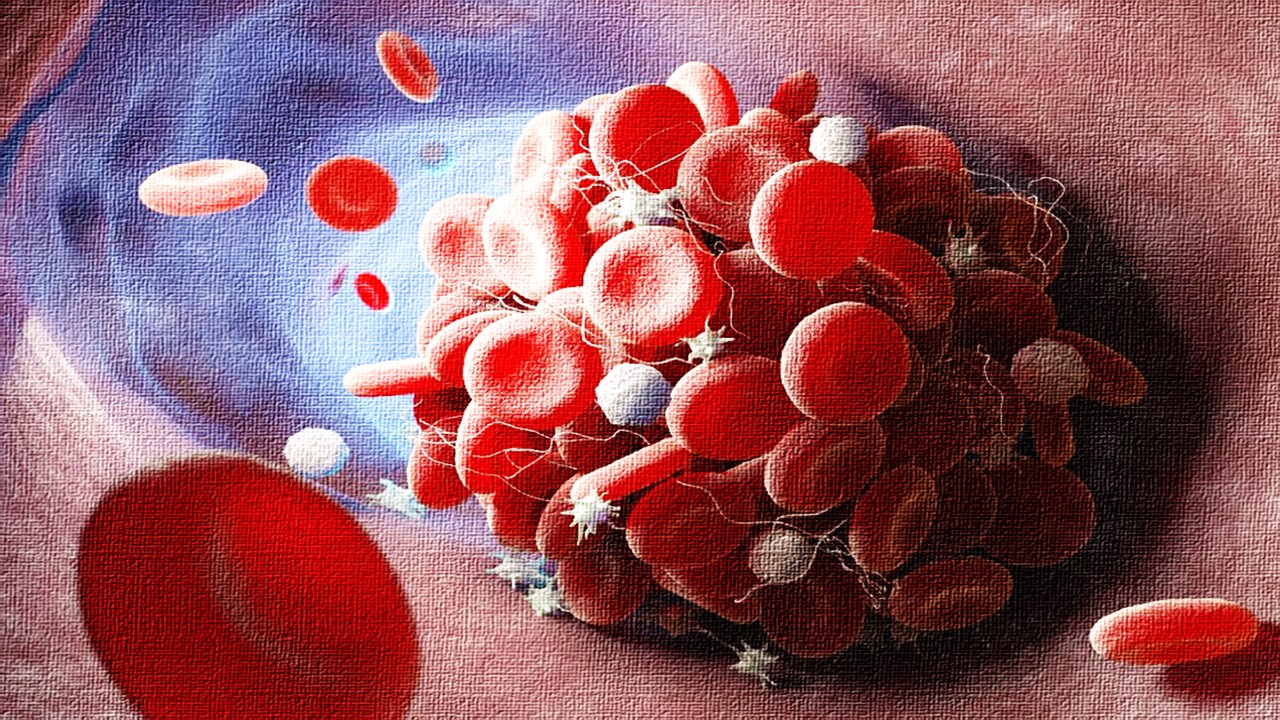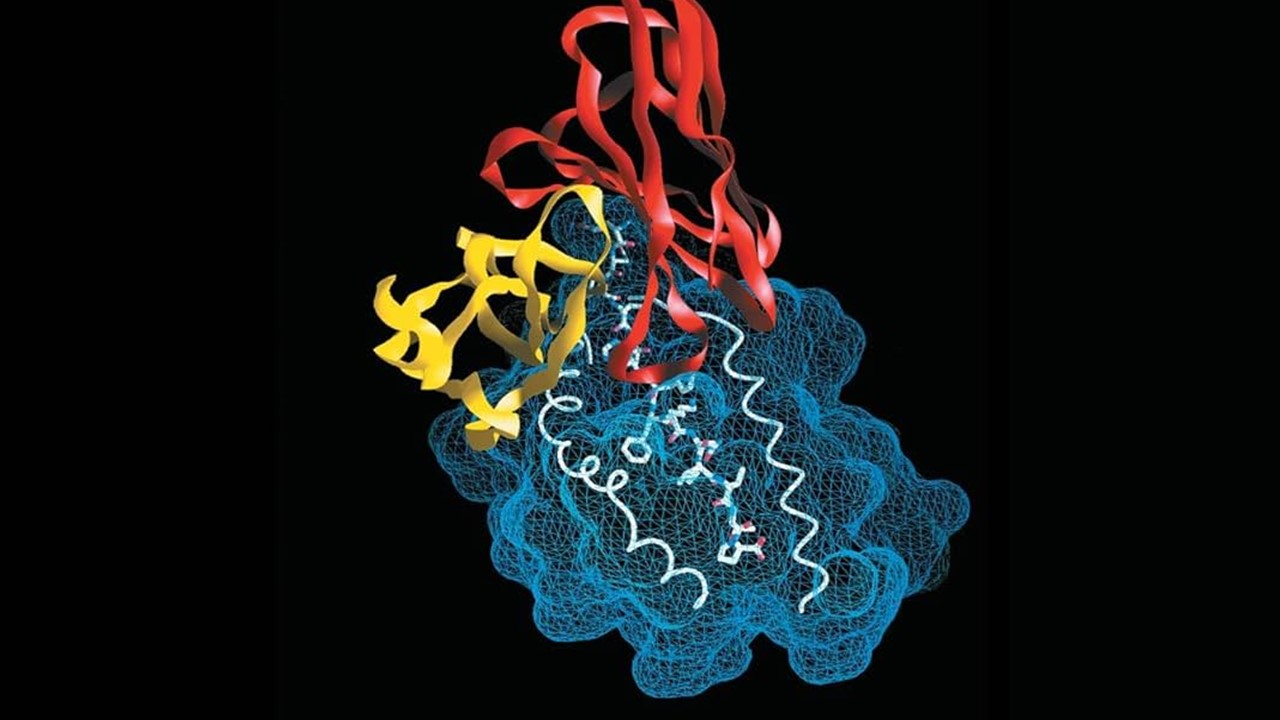The first cardiac implant was created by a team of scientists from Northwestern University and the University of Texas at Austin using graphene, a two-dimensional supermaterial that is incredibly durable, light, and conductive. The novel graphene “tattoo” implant is elastic and robust enough to resist the dynamic motions of a beating heart, unlike conventional pacemakers and implanted defibrillators. It is also thin and flexible enough to adhere to the delicate curves of the heart. This flexible, soft device gently melds to the heart to detect and correct abnormal heartbeats at the same time.
The Challenge with Current Pacemakers and Defibrillators
The fact that present pacemakers and defibrillators are challenging to attach to the surface of the heart is one of their main problems. The heart is a soft tissue, and rigid interactions with it can lead to a number of difficulties. Despite being lifesaving, the present devices’ hard design may limit the heart’s normal motions, harm soft tissues, create momentary discomfort, and lead to consequences like excruciating swelling, punctures, coagulation of blood, sepsis, and others.
Graphene as an Ideal Material
Due to its extremely strong, light weight structure, better conductivity, and biocompatibility, the researchers chose to use graphene, an atomically thin type of carbon. Since carbon is the building block of life, it is a secure substance that is currently utilized in a variety of clinical applications. Additionally, it is soft and flexible, which makes it a good bridge for electronics and an elastic, physiologically dynamic organ.
Developing the Implant
The tattoo made of graphene was enclosed and attached to the surface of a beating heart using a brand-new method that the researchers created. To start, they placed the graphene inside a thin silicone membrane that was elastic and flexible, with a hole drilled through it to provide access to the inside graphene electrode. Then, to create an electrical connection between the graphene and the outside electronics required to monitor and stimulate the heart, they carefully applied gold tape to the encasing layer. They positioned it on the heart at the end. The final product was stable for 60 days on a heart that was beating normally at body temperature, which is equivalent to the time temporary pacemakers are used as a transition to permanent pacemakers or rhythm control following surgery or other treatments.
Optical Opportunities
An irregular heartbeat can be corrected with electrical stimulation, but optical stimulation is more accurate. Researchers are able to examine specific heart, muscle, or nerve cells using light as well as follow certain enzymes. Optocardiography was used by the scientists to monitor and control cardiac rhythm in the animal investigation. This not only offers a novel way to identify and treat heart conditions, but it also expands the potential of optogenetics, a technique for controlling and monitoring single cells with light.
Rooms for Improvement
Over and above this proof-of-concept effort, there is still a lot of space for development. First, the effectiveness of electrical stimulation and recording of the epicardium may be compromised in the presence of cardiac adipose tissue. Nevertheless, endocardial sensing and actuation will be preferred when transferring into larger animals, since the endocardial side often does not contain much fat. A tissue growth over devices is an important issue to be planned for in the long-term implantation scenario. Added anti-inflammatory layers might prove beneficial even though it has been predicted that the substrate-supported graphene will have minimal to no toxic effects. Plus, neither extra glue nor adhesive was used in this trial, but it will be crucial to use suitable bioadhesives for future chronic implantation.
Study DOI: https://onlinelibrary.wiley.com/doi/10.1002/adma.202212190
Subscribe
to get our
LATEST NEWS
Related Posts

Pathophysiology & Experimental Medicine
Autism Disentangled: FOXG1 Drives Neural Imbalance in the Developing Brain
If FOXG1 overexpression can be modulated, either genetically or pharmacologically, it may be possible to correct the neurodevelopmental imbalances underlying ASD.

Pathophysiology & Experimental Medicine
Adaptive Interactions: How Stimuli-Responsive Materials Revolutionize Cellular Studies
Stimuli-responsive materials revolutionize cellular dynamics research by replicating ECM adaptability, unlocking insights into cell behavior and regulation.

Pathophysiology & Experimental Medicine
Eternal Lip Layers: Unlocking the Human Keratinocyte Potential
The lips, long celebrated for their role in communication and aesthetics, now stand at the forefront of scientific innovation.

Pathophysiology & Experimental Medicine
Thrombosis-Free Surfaces: Preventing Blood Clot Formation on Medical Implants Through Selective Protein Interactions
The synthesis and mechanisms of SPI coating are explored, evaluating its potential to overcome the limitations of traditional antifouling surfaces.
Read More Articles
Aerogel Pharmaceutics Reimagined: How Chitosan-Based Aerogels and Hybrid Computational Models Are Reshaping Nasal Drug Delivery Systems
Simulating with precision and formulating with insight, the future of pharmacology becomes not just predictive but programmable, one cell at a time.
Coprocessed for Compression: Reengineering Metformin Hydrochloride with Hydroxypropyl Cellulose via Coprecipitation for Direct Compression Enhancement
In manufacturing, minimizing granulation lines, drying tunnels, and multiple milling stages reduces equipment costs, process footprint, and energy consumption.
Decoding Molecular Libraries: Error-Resilient Sequencing Analysis and Multidimensional Pattern Recognition
tagFinder exemplifies the convergence of computational innovation and chemical biology, offering a robust framework to navigate the complexities of DNA-encoded science











